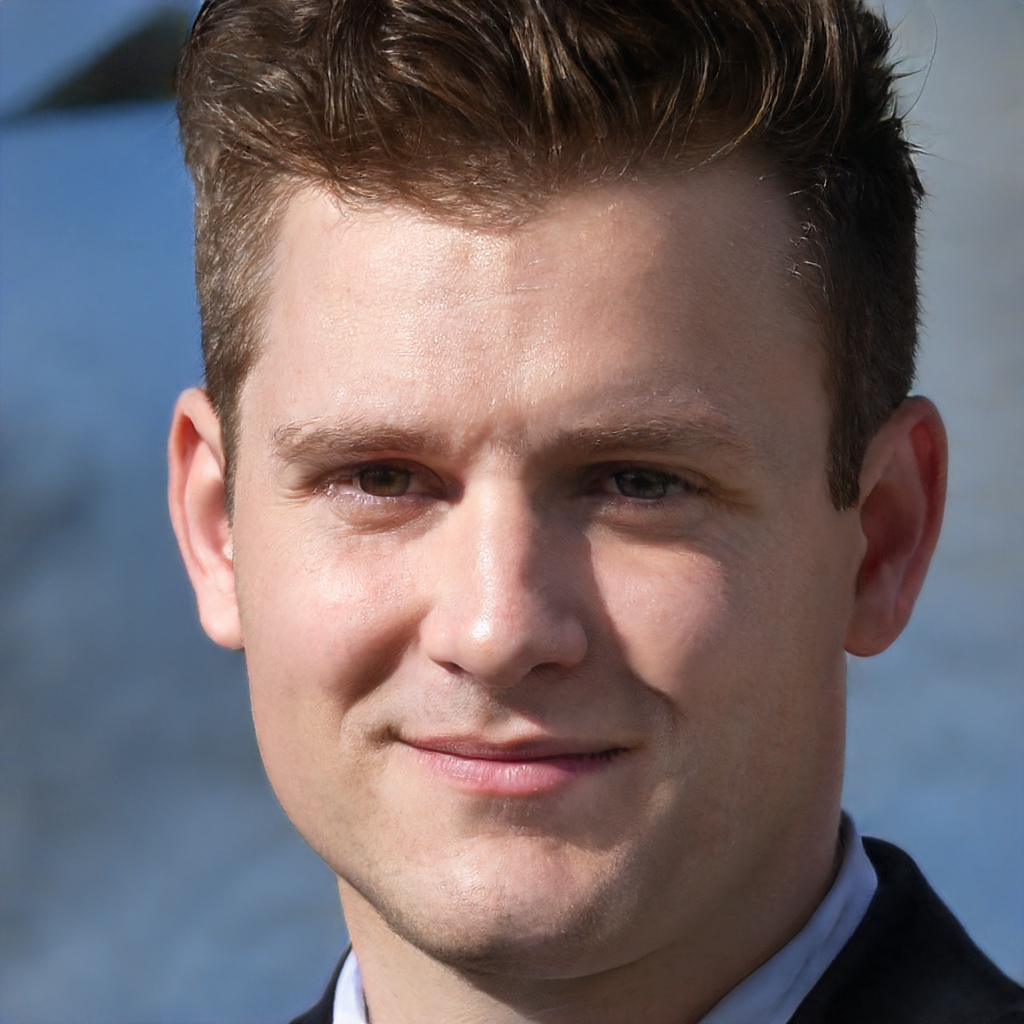The Solow residual is a measure of economic growth that captures the impact of factors other than capital and labor. It is named after economist Robert Solow, who first proposed the concept in a 1957 paper. The Solow residual is typically calculated as the difference between actual economic growth and the growth that would be expected if capital and labor were the only inputs into the production process.
The Solow residual has been used to examine the role of technological progress in economic growth. Studies that find a large Solow residual typically conclude that technological progress is an important driver of economic growth. What does the Solow model explain? The Solow model is a neoclassical model of economic growth that primarily focuses on capital accumulation as the main driver of long-term economic growth. The model was developed by Robert Solow in the 1950s and 1960s and is still widely used today by economists to study economic growth.
The Solow model has three key assumptions:
1) The economy is in a state of constant returns to scale.
2) The economy is populated by a large number of identical households, each of which saves a constant fraction of their income.
3) The economy produces a single good which is used both for consumption and investment.
The Solow model is a simple model of how an economy can grow in the long run. The model shows that capital accumulation is the main driver of economic growth, but it also shows that other factors such as population growth and technological change can also play a role.
The model has been criticised for its simplifications, but it remains a useful tool for understanding long-term economic growth.
What are the features of Solow model?
Solow model is a neoclassical model of economic growth that was developed by Robert Solow in the late 1950s. The model is based on the neoclassical assumption that the economy is in a state of constant returns to scale. This means that the per capita growth rate is proportional to the growth rate of the economy. The model also assumes that there is a constant savings rate and that the population growth rate is constant.
The model has three main features:
1. The production function: The production function is a function that describes how output is produced in an economy. In the Solow model, the production function is assumed to be of the Cobb-Douglas form. This means that output is a function of capital and labor, and that the two inputs are used in fixed proportions.
2. The capital accumulation equation: The capital accumulation equation describes how capital is accumulated in an economy. In the Solow model, capital is assumed to be accumulated at a constant rate.
3. The equilibrium condition: The equilibrium condition is a condition that must be satisfied in order for the Solow model to be in equilibrium. In the Solow model, the equilibrium condition is that the per capita growth rate must be equal to the population growth rate.
The Solow model has been widely used to study economic growth. It has been used to study the long-run growth of economies and to explain the observed patterns of economic growth.
What is the conclusion of Solow model? The Solow model is a neoclassical model of economic growth that analyses how capital accumulation, technological change, and population growth affect economic growth. The model was developed by Robert Solow in the late 1950s.
The model's key conclusion is that economic growth is determined by the accumulation of physical capital and technological change, and that population growth has only a limited impact on economic growth. The model also showed that technological change is the main driver of economic growth, and that capital accumulation is important only to the extent that it increases the stock of capital available for use in production. What are the types of technical change? There are three types of technical change:
1. Process technical change: This type of technical change refers to improvements in the production process, such as introducing new and more efficient methods of production. This can lead to increased output and productivity, as well as improved quality of products.
2. Product technical change: This type of technical change relates to the introduction of new and improved products. This can result in increased sales and market share for the company, as well as improved customer satisfaction.
3. Organizational technical change: This type of technical change involves changes to the organizational structure of the company, such as introducing new methods of communication and collaboration. This can lead to improved efficiency and productivity within the company. What is Solow residual what are its implications? The Solow residual is a measure of the amount of output that cannot be explained by the level of capital or labor input. It is often used as a measure of technological progress.
There are a number of implications of the Solow residual. First, it suggests that technological progress is an important driver of economic growth. Second, it implies that policies that promote technological progress, such as investment in research and development, are likely to be effective in promoting economic growth. Finally, the Solow residual can be used to assess the impact of technological progress on inequality.
